Leon Morris, 1 and 2 Thessalonians: An Introduction and Commentary, vol. 13, Tyndale New Testament Commentaries (Downers Grove, IL: InterVarsity Press, 1984), 27.



Today, many critical scholars reject that Paul wrote 2 Thessalonians. So, we will look at this letter more closely.
Paul claims to be the author of this letter as well (2 Thess. 1:1). In the middle of the letter, Paul warns about false letters circulating throughout the region “as if from us” (2 Thess. 2:2). So, he concludes this letter by writing, “I, Paul, write this greeting with my own hand, and this is a distinguishing mark in every letter; this is the way I write” (2 Thess. 3:17). Moreover, Morris writes, “The vocabulary, style and basic theology are as Pauline as those of 1 Thessalonians.” Unless we have adequate reasons to the contrary, we should take this self-identification at face value.
Additionally, abundant external evidence supports that Paul wrote this letter. Indeed, Morris writes, “This letter is, if anything, better attested than the first.”
Ignatius (AD 110), Polycarp (AD 130), and Justin Martyr (AD 150) all cite or allude to 2 Thessalonians. Both the Marcionite Canon (AD 140) and the Muratorian Fragment (AD 180) contain this letter.
Because of the strong external evidence for Pauline authorship, critics must argue that there are reasons within the letter itself for thinking that Paul was not the author. In our estimation, these objections aren’t plausible.
OBJECTION #1. The eschatology is different in 2 Thessalonians. Critics argue that Jesus’ return is imminent in 1 Thessalonians, but it is preceded by various signs in 2 Thessalonians. We will elaborate on this in the commentary below. Suffice to say, both letters prepare believers for the Second Coming (1 Thess. 5:1-11; 2 Thess. 2:1-5). While Paul does write that Jesus will come like a “thief in the night” (1 Thess. 5:2), he directs these words toward unbelievers—not believers who “are not in darkness” (1 Thess. 5:4). Martin writes, “It is the very point of 5:1-11 that believers know the Lord is coming and must therefore persist in the faith as they await his arrival (vv. 8, 11).” Paul even states that he had given them the material in 2 Thessalonians verbally: “Do you not remember that while I was still with you, I was telling you these things?” (2 Thess. 2:5). Morris’ comments: “The problem being dealt with (the assertion that the parousia is past, not imminent) is different from the problem faced elsewhere, so it is not surprising that the solution is different.”
OBJECTION #2. The concept of judgment for unbelievers doesn’t fit with Paul’s theology. Paul speaks of judgment for non-Christians throughout many of his letters, including those that critical scholars accept (e.g. Romans; AD 56-57).
OBJECTION #3. Paul’s Christology is too developed to have been written at this time. Paul has a very high Christology throughout his letters, including letters that critical scholars accept (Rom. 9:5; 14:9-10; 1 Cor. 10:9; 2 Cor. 11:2; Phil. 2:6-7). Paul wrote all of these letters within roughly a decade of time. Therefore, tracking the development of Paul’s Christology is moot.
OBJECTION #4. Paul’s tone is much harsher in 2 Thessalonians. It’s true that 1 Thessalonians contains no admonitions, while 2 Thessalonians does. Yet, this would explain why Paul wrote a second letter so quickly. That is, there must have been some important reason to write another letter. Like what? False teachers! (2 Thess. 2:1-2) This surely explains Paul’s change in tone.
Conclusion. These objections are simply not strong enough to overthrow the statement of the letter itself and it is written by Paul—nor can these objections overthrow the abundant attestation of the early Christians. Moreover, there would be a certain level of irony that a forger could’ve written these words in 2 Thessalonians: “[Do] not be quickly shaken from your composure or be disturbed either by a spirit or a message or a letter as if from us, to the effect that the day of the Lord has come” (2 Thess. 2:2).
Leon Morris, 1 and 2 Thessalonians: An Introduction and Commentary, vol. 13, Tyndale New Testament Commentaries (Downers Grove, IL: InterVarsity Press, 1984), 27.
Leon Morris, 1 and 2 Thessalonians: An Introduction and Commentary, vol. 13, Tyndale New Testament Commentaries (Downers Grove, IL: InterVarsity Press, 1984), 27.
D. Michael Martin, 1, 2 Thessalonians, vol. 33, The New American Commentary (Nashville: Broadman & Holman Publishers, 1995), 28.
Leon Morris, 1 and 2 Thessalonians: An Introduction and Commentary, vol. 13, Tyndale New Testament Commentaries (Downers Grove, IL: InterVarsity Press, 1984), 28.

James earned a Master’s degree in Theological Studies from Trinity Evangelical Divinity School, graduating magna cum laude. He is the founder of Evidence Unseen and the author of several books. James enjoys serving as a pastor at Dwell Community Church in Columbus, Ohio, where he lives with his wife and their two sons.
